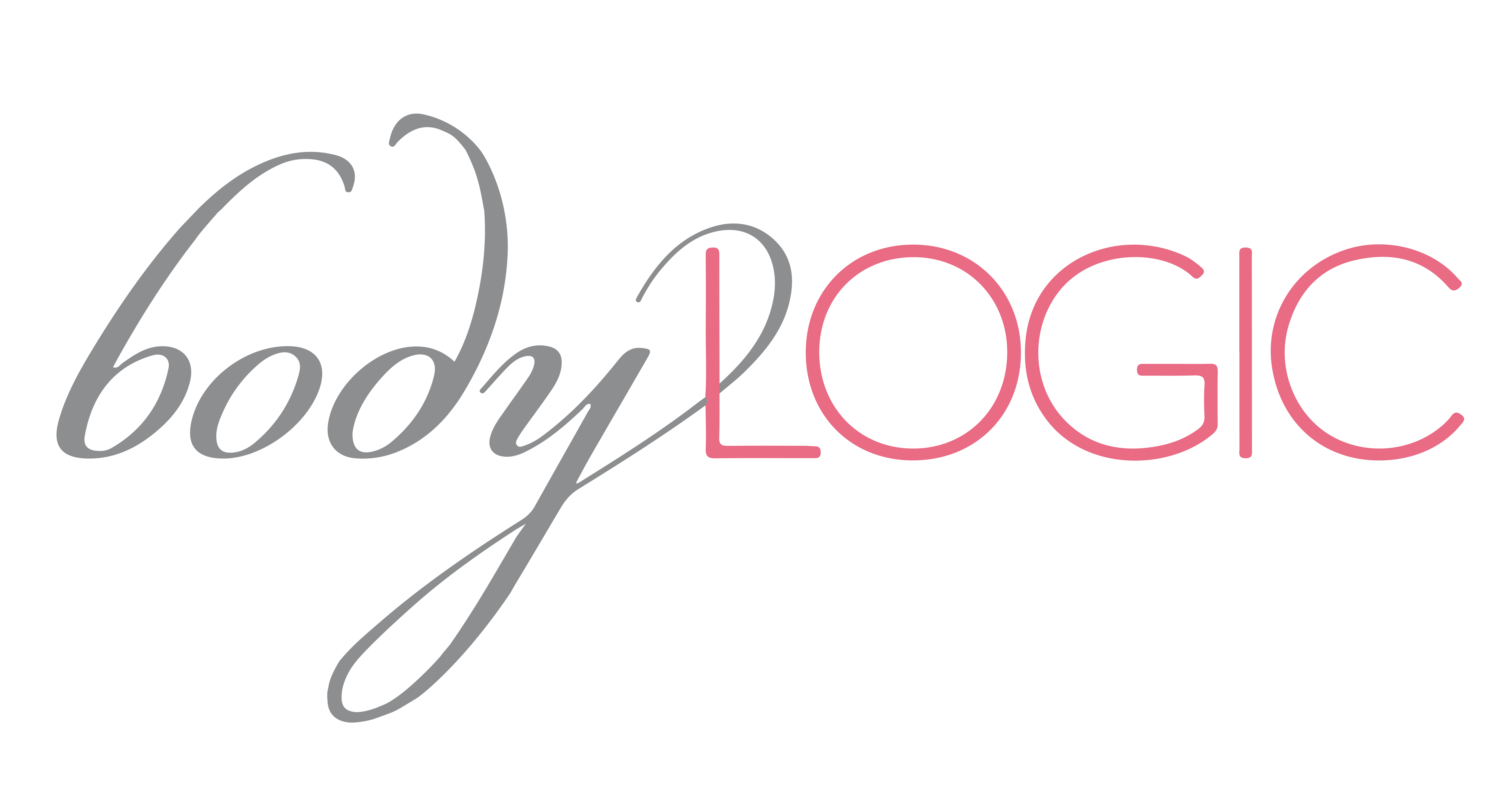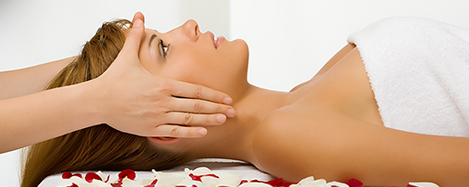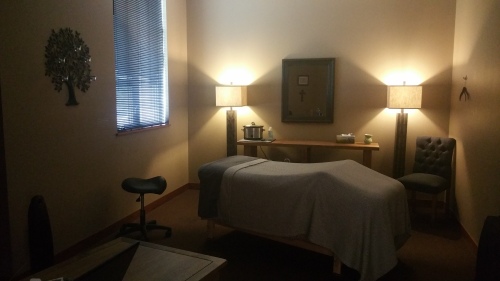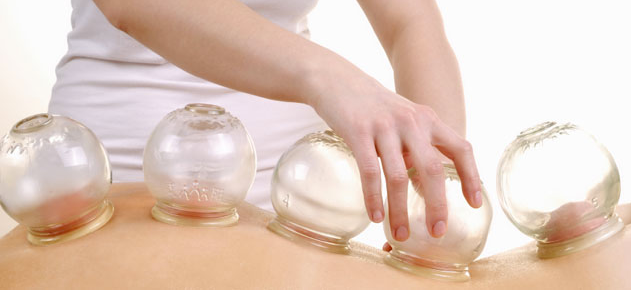
Massage Services

Sessions Offered
- 30 minute $55.00
- 60 minute $80.00
- 90 minute $110.00
- Add $10.00 to your session for Hot/Cold Stone & Cupping
Types of Massage
At BodyLogic Massage Studio we offer many types of modalities, take a look at some of our specialties listed below.
Swedish Massage

One of the most commonly taught and well-known massage techniques, Swedish massage is a vigorous system of treatment designed to energize the body by stimulating circulation. Five basic strokes, all flowing toward the heart, are used to manipulate the soft tissues of the body. The disrobed client is covered by a sheet, with only the area being worked on exposed. Therapists use a combination of kneading, rolling, vibrational, percussive, and tapping movements, with the application of oil, to reduce friction on the skin. The many benefits of Swedish massage may include generalized relaxation, dissolution of scar tissue adhesions, and improved circulation, which may speed healing and reduce swelling from injury.
Deep tissue
Techniques that utilize deep-tissue/deep-muscle massage is administered to affect the sub-layer of musculature and fascia. These techniques require advanced training and a thorough understanding of anatomy and physiology. The muscles must be relaxed in order to effectively perform deep-tissue massage, otherwise tight surface muscles prevent the practitioner from reaching deeper musculature. It helps with chronic muscular pain and injury rehabilitation and reduces inflammation-related pain caused by arthritis and tendinitis. It is generally integrated with other massage techniques.
Trigger point
This is a noninvasive therapeutic modality for the relief and control of myofascial pain and dysfunction. The goal of treatment is the client’s recovery from or a significant reduction in myofascial pain. The treatment goal is achieved through a systematized approach. Treatment consists of trigger point compression, passive stretching, and a regime of corrective exercises. Success may be measured subjectively by the level of pain reduction experienced by the client and objectively through increased range of motion, strength, endurance, and other measures of improved function. Trigger point relies heavily on client-therapist interaction, including verbal and nonverbal elements. The therapist encourages the client to be personally responsible for their improvement, with attention to such factors as nutritional intake, stress, proper exercises, mechanical abnormalities, and other physical components. These elements protect the client from delayed diagnosis, delayed treatment, or contraindicated treatment, which are the concerns of first order.
Myofascial Release
Based on the discoveries which they found the causal relationship between chronic pain and its source, myofascial trigger point therapy is used to relieve muscular pain and dysfunction through applied pressure to trigger points of referred pain and through stretching exercises. These points are defined as localized areas in which the muscle and connective tissue are highly sensitive to pain when compressed. Pressure on these points can send referred pain to other specific parts of the body.
Sports massage
Sports massage is designed to enhance athletic performance and recovery. There are three contexts in which sports massage can be useful to an athlete: pre-event, post-event, and injury treatment. Pre-event massage is delivered at the performance site, usually with the athlete fully clothed. Fast-paced and stimulating, it helps to establish blood flow and to warm up muscles. During the massage, the athlete generally focuses on visualizing the upcoming event. Post-event massage is also delivered on site, through the clothes. The intent here is to calm the nervous system and begin the process of flushing toxins and waste products out of the body. Post-event massage can reduce recovery time, enabling an athlete to resume training much sooner than rest alone would allow. When an athlete sustains an injury, skillful massage therapy can often speed and improve the quality of healing.
Lymphatic Drainage
This is unique in that healthcare professionals learn how to palpate the lymphatic flow. As they develop their skills, they can then identify the rhythm, direction, and quality of the lymphatic flow. Advanced practitioners will be able to precisely map the lymphatic flow to find alternate pathways for drainage.
Craniosacral therapy
This is a gentle, noninvasive method of evaluating and enhancing the function of a physiological body arrangement. This manual therapy enhances the body’s natural healing processes and has proven effective in treating a wide range of medical problems associated with pain and dysfunction. The craniosacral system consists of the membranes and cerebrospinal fluid that surround and protect the brain and spinal cord. It extends from the bones of the skull, face, and mouth--which make up the cranium--down to the sacrum or tailbone. Since this system influences the development and function of the brain and spinal cord, any imbalance or dysfunction in the craniosacral system could cause sensory, motor, or neurological disabilities. These problems may include chronic pain, eye difficulties, scoliosis, motor-coordination impairments, learning disabilities, and other dysfunctions of the central nervous system. Craniosacral therapy encourages the body’s natural healing mechanisms to improve the functioning of the central nervous system, dissipate the negative effects of stress, and enhance health and resistance to disease. The craniosacral therapy practitioner uses a light touch to assist the natural movement of fluid within the craniosacral system. Therapists generally use only five grams of pressure, roughly the weight of a nickel, to test for restrictions in various parts of the craniosacral system. It’s often possible for the evaluation alone to remove the restriction and allow the system to correct itself.
Prenatal/Pregnancy Massage
Prenatally, specific techniques can reduce pregnancy discomforts and concerns and enhance the physiological and emotional well-being of both mother and fetus. Skilled, appropriate touch facilitates labor, shortening labor times and easing pain and anxiety. In the postpartum period, specialized techniques rebalance structure, physiology, and emotions of the new mother and may help her to bond with and care for her infant. Specialized, advanced training in the anatomy, physiology, complications, precautions, and contraindications is highly recommended, and many practitioners require referrals from physicians prior to therapy.
Gua Sha
Used in China for more than two thousand years, gua sha means to scrape toxins. A method of promoting blood circulation and removing toxic heat, blood, and lymph from the body, gua sha involves scraping the skin with a flat tool to facilitate pain relief. Oil is usually applied to the skin to open pores, increase deep cleansing, and improve circulation.
Hot Stone / Cold Stone
Stones of all shapes and sizes and varying temperatures, ranging from zero to 140 degrees, to elicit physical healing, mental relaxation, and a spiritual connection to earth energy. Warm stones encourage the exchange of blood and lymph and provide soothing heat for deep-tissue work. Cold stones aid with inflammation, moving blood out of the area, and balancing male/female energies. Stones are placed in varying positions on the body for energy balancing or may be used by the therapist for specific trigger-point work. The alternating heat and cold of thermotherapy brings the entire body into the healing process, with a rapid exchange of blood and oxygen and alternating rise and fall of respiration rate as the body seeks homeostasis.
Cupping therapy
Cupping is the method of using glass cups to create localized pressure by a vacuum. The Chinese have been doing this since ancient times by using heat inside glass or bamboo cups. Nowadays, cupping sets use suction to create the vacuum. The vacuum inside the cups causes the blood to form in the area and help the healing in that area. Ancient Chinese medicine has believed that the body contains "Meridians". These meridians are pathways in the body which the energy of life called Qi ("chi") flows through. It flows through every body part, tissue, and organ. Cupping therapy is mainly performed on one's back because there are five meridians on your back. When these meridians are opened, the internal energy is able to flow through the whole body. Another healing aspect of cupping therapy is through the release of toxins in your body. The suction from the cups can penetrate deep into your tissues causing the tissues to release harmful toxins. It triggers the lymphatic system, clears the blood vessels, and stretches and activates the skin. Cupping therapy has been found in ancient records dating back 3500 years and it is still used today by many alternative medicine practitioners. New advancements in technology and materials have been integrated with cupping therapies and its uses now range for many different treatments and applications.

Hours: M-F 8 am - 7 pm
© 2018 Bodylogic Massage Studio
Home /BOOK Now/SERVICES/ About / Contact/CLIENT INFO
Phone: 605.836.0021 Email: info@bodylogicmassagesf.com


